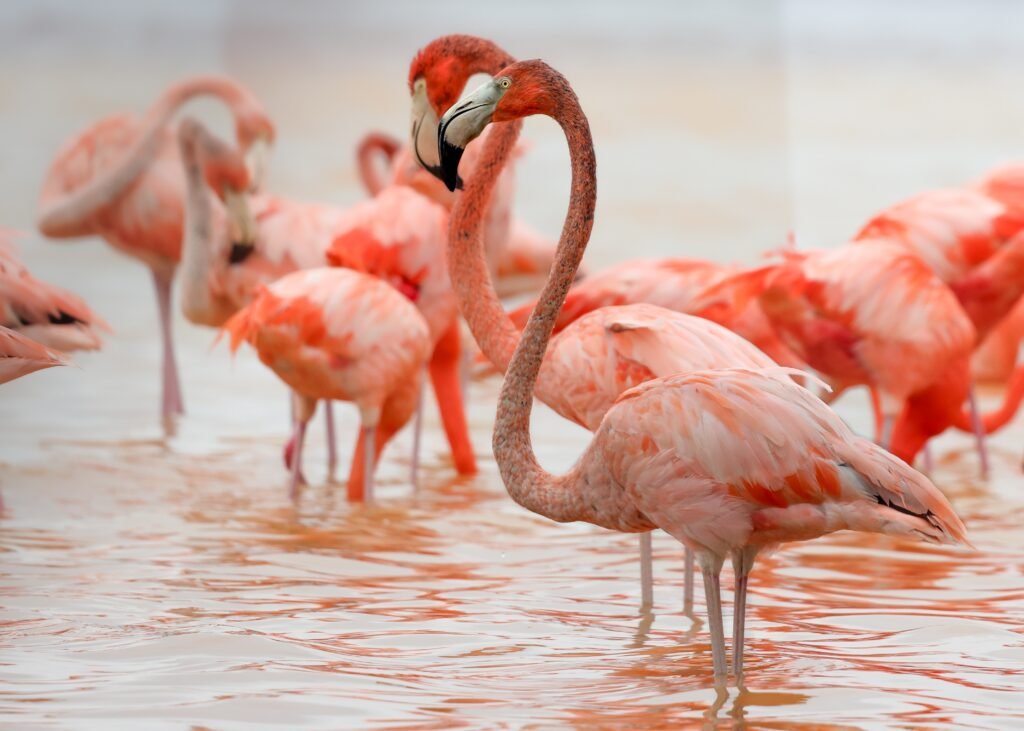Innovative veterinary methods could revolutionize blood transfusions for exotic animals, addressing critical gaps in zoo healthcare.
Story Snapshot
- Traditional blood banking methods aren’t feasible for zoos due to species diversity.
- A veterinarian is piloting a new approach to improve transfusion outcomes.
- The initiative aims to enhance care for endangered species like elephants and rhinos.
- Efforts could standardize protocols and improve global conservation outcomes.
Challenges of Blood Banking in Zoos
Blood transfusions in zoos face unique challenges due to the wide range of species with different blood types and storage needs. Unlike human or companion animal medicine, zoos cannot rely on established protocols or commercial blood banks. This results in ad hoc blood collection during emergencies, often leading to delays and increased risks for the animals involved. The lack of systematic blood banking is a significant hurdle for providing timely medical care to captive wildlife.
Innovative Solutions and Trials
Recent developments have seen a veterinarian pioneering a new solution tailored for zoo environments. This approach involves creating practical and species-appropriate blood banking methods that could prove vital for the health of exotic and endangered species. Early trials have focused on elephants and rhinos, aiming to refine collection techniques and maximize yield while minimizing stress for the animals. This initiative represents a significant step towards improving emergency care and survival rates in zoos.
Denver Zoo and other institutions have started implementing plasma banking, which allows for longer storage times compared to whole blood. These efforts are supported by veterinary conferences sharing best practices, which have led to advancements in collection and storage methods. The focus is on collaboration and knowledge-sharing to overcome technical and logistical barriers across institutions.
Following issues with big cats getting COVID-19, Dr. Lily Parkinson, a clinical veterinarian at Brookfield Zoo, is now trying to lay the groundwork for zoos and aquariums to have blood banks – potentially having red blood cells preserved on ice, for years. https://t.co/wg8r1oxJCb pic.twitter.com/wQxw3ooHYg
— AVMA (American Veterinary Medical Association) (@AVMAvets) September 19, 2025
Broader Implications for Conservation and Zoo Medicine
The introduction of systematic blood banking protocols could have far-reaching impacts on conservation and zoo medicine. In the short term, improved transfusion outcomes will likely enhance animal welfare and reduce emergency improvisation. Long-term, these practices could standardize care across zoos, potentially leading to inter-institutional blood sharing networks. This would not only improve health outcomes for endangered species but could also set new standards in veterinary care, influencing global practices.
Such advancements are expected to increase public trust in zoo animal care, enhance institutional reputations, and potentially influence regulatory standards for veterinary care in zoos. By addressing the complexities of multi-species blood banking, this initiative underscores the intersection of animal welfare, veterinary innovation, and conservation efforts, paving the way for more sustainable and effective care solutions.
Sources:
Denver Zoo Conservation Alliance, “Banking on Success”
VetBloom, “Exotic animal blood transfusions: An overview”
Iowa Veterinary Specialties, “Blood Transfusions in Small Animal Medicine”
PetMD, “Dog Blood Transfusions: Everything You Need to Know”







